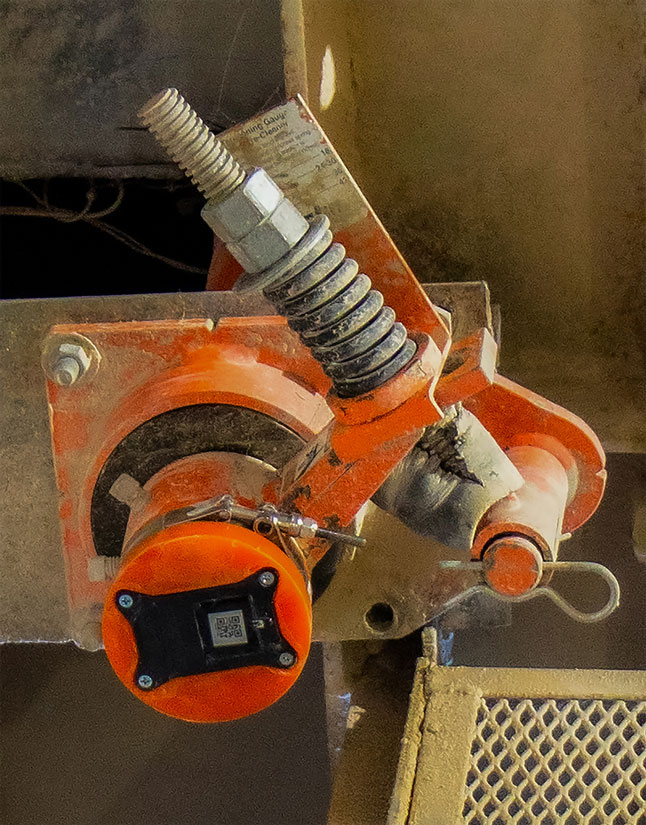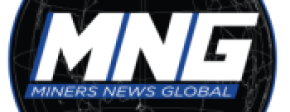
There are many issues to consider when specifying the most appropriate conveyor belt cleaner, not the least of which is maintaining proper tension to achieve optimum cleaning performance without introducing related problems.
“There are two basic approaches to applying tension to the belt cleaner: linear and rotary,” said Dave Mueller, Martin Engineering conveyor product manager. “The blade’s cleaning position and angle of approach to the belt often dictate whether a linear or rotary tensioner is used.”
In most cases, belt tensioners have to be monitored and adjusted manually so they can maintain optimum pressure and carryback removal. Estimating when blades need changing is often a guessing game that, if left too long, could lead to unnecessary complications.
“Linear tensioners are most often applied where the compensation for wear is required in small increments, such as with hard metal-tipped cleaners located in the secondary cleaning position or with brush cleaners,” Mueller said.
The simple design of linear tensioners often allows just one setting for full blade wear. Further, these tensioners can accommodate actuator deflection for accurate adjustment of cleaning pressure, delivering the ability to accommodate uneven mounting positions or asymmetrical blade wear.
Rotary tensioners like the Martin Twist Tensioner are often used with urethane blades, where the change in blade height and thickness as it wears is significant. Rotary designs tend to be compact and, in most cases, the actuator(s) can be mounted at any orientation, which provides options for installing the belt cleaner in the optimum position.
Air tensioners use the resilience of a pneumatic cylinder to cushion impact. The tensioners can use Martin’s Air Connection Kit to plug them directly into an existing air system, allowing for a more streamlined installation process.
Spring tensioners maintain efficient belt cleaning with a rugged coil spring. The Martin XHD Spring Tensioners deliver effective cleaning while cushioning splice shock to prevent damage, well suited for tensioning heavy duty belt cleaners while standing up to tough conditions. Dual tensioning is recommended for belt cleaners installed on belts wider than 48 in. (1,200 mm). However, dual tensioning does not change the fact that regular adjustment is required to maintain suitable cleaning pressure on the belt, which is where Martin’s N2 Smart Technology comes into play, noted the manufacturer.
Martin Engineering’s smart technology platform includes the company’s patented N2 Position Indicator to monitor primary cleaner blade wear and inform operators when the blade needs changing. The system uses a cellular gateway that relays data to the cloud and then to the user, delivering actionable information in real time.
The N2 PI and Smart Device Manager App ease the burden on managers and workers so they can focus their attention on other critical details of the operation. Precise tensioning and improved belt cleaning reduce the volume of dust and spillage from carryback, improving workplace conditions and decreasing the labor needed to maintain and clean around the discharge zone.
While manufacturers continue to improve belt cleaner effectiveness, it has become clear that there is no single or ideal solution for belt cleaning and tensioner selection. Safety of personnel and the belt itself is the primary consideration when selecting a tensioner.
Source: Martin Engineering
